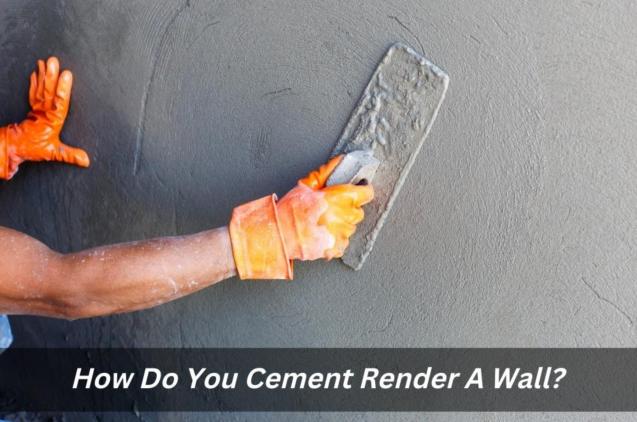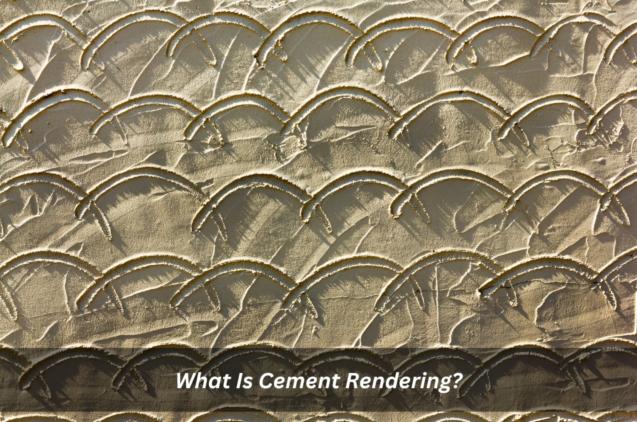Do you need
wall crack repairs service in your new house? Having recently moved into a new home, it can be disheartening to find cracks in the walls and ceilings. While some minor wall cracks are nothing to worry about, hairline or vertical ones could be a sign of underlying structural problems that need to be addressed by a professional. How do you fill and fix a crack in the wall of your new house?
Most wall cracks are just caused by everyday wear and tear. Over time, shifts in temperature can cause them to appear — especially if the plaster is present. However, there are instances when a crack may occur for other reasons involving structural issues. To ensure that you’re dealing with the former and not the latter situation, it’s essential that you first determine what type of crack you have.
In this article, we will discuss how to fill and fix any type of wall cracks that may exist in your new home both minor cosmetic repairs as well as more serious issues that may require help from a professional such as a structural engineer - so you can make sure your home is safe and secure without relying on guesswork.
The first step to repairing a wall is assessing where the crack comes from and what has caused it. When dealing with hairline cracks or vertical cracks they might be caused by wear and tear due to age.
However, if you find large structural cracks in plastered walls it could mean that something else is causing the problem that needs addressing before fixing the cosmetic issue. If this is the case, it’s best to have an experienced structural engineer come and inspect your home for any bigger issues before attempting to repair the crack itself.
Once you’re sure that you know what kind of crack you are dealing with and where it is coming from, you can start to repair them. For less severe issues such as the hairline or minor vertical cracks, you can use some silicone caulking or epoxy filler along with a putty knife or utility blade to fill in any gaps between plasterboards or drywall panels. This will provide extra strength to your wall against potential damage such as water seepage down through any cracks over time.
- Wall crack stitching to reinforce the structural integrity
If your wall indicates a structural problem no matter how small its size, it should be addressed with care since failure to do so could cause further issues down the line.
A great way of reinforcing structural integrity on these types of problems without having major renovations done is known as “crack stitching” where metal bars are inserted into internal structures behind perimeter broken sections and then cemented together at either end using special epoxy resin mortar (known as ties) under pressure from tensioning jacks - thus providing structural bracing between opposing faces and increasing stiffness, thus reducing stress levels that caused cracking in the first place.
- Wall repair kit for small repairs and prevention of moisture damage
If your house hasn’t experienced any form of major structural damage but minor aesthetic flaws, small chips or openings in plastered walls, a simple plaster repair kit should do the trick most times. These kits often include everything needed for minor repairs such as mesh tape or bow reinforcement, premixed gypsum plaster, sandable seam-downloader topcoat etc., while also reducing chances of moisture damage over time due to water infiltration through existing openings playing havoc later.
- Adding additional support to your walls
If your wall is showing signs of cracks due to structural issues, it may be beneficial to add extra support. This can be done by adding additional studs or joists and installing metal lath and plaster reinforcement mesh. Doing this will help redistribute the load-bearing weight across a wider area and make the wall more structurally sound. It’s important to consult a professional before attempting structural repair as improper installation can lead to further issues.
If the crack in your wall is too large, deep or structurally significant, it’s important to consider hiring a professional to help. A
reliable wall crack repairs expert will be able to assess the underlying cause of the problem and provide solutions that are tailored to your individual situation. They may recommend structural repairs, such as crack stitching or additional support installation, as well as cosmetic solutions like filling in cracks with putty or epoxy.
Overall, whether it’s minor cracks or more serious structural problems, knowing how to fill and fix a crack in the wall of your new home is essential for maintaining its safety and integrity. Hopefully, this article has given you some insight into what kind of wall crack repairs you should do, as well as some tips and tricks to ensure the job is done properly.




